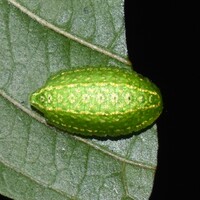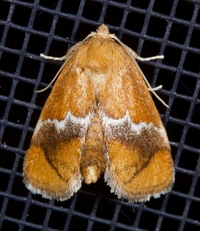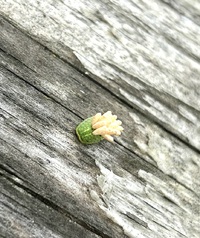
| Recorded by: Destiny Stewart on 2025-09-24
Wilson Co.
Comment: | 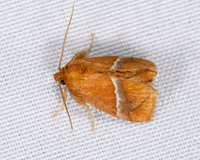
| Recorded by: Mark Shields, Laurie Hamon on 2025-09-19
Onslow Co.
Comment: |

| Recorded by: David George, Jeff Niznik on 2025-09-14
Durham Co.
Comment: | 
| Recorded by: David George, Jeff Niznik on 2025-09-14
Durham Co.
Comment: |
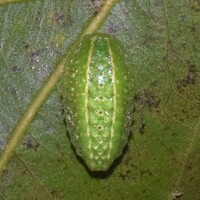
| Recorded by: Jeff Niznik, David George on 2025-08-29
Richmond Co.
Comment: | 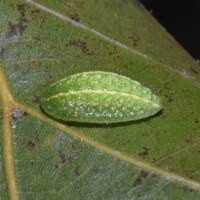
| Recorded by: Jeff Niznik, David George on 2025-08-29
Richmond Co.
Comment: |

| Recorded by: Mark Basinger on 2025-08-10
Ashe Co.
Comment: | 
| Recorded by: Jim Petranka, Becky Elkin and Marilyn Westphal. on 2025-08-09
Henderson Co.
Comment: |

| Recorded by: Sarah Toner and Larry Chen on 2025-07-30
Tyrrell Co.
Comment: | 
| Recorded by: Mark Basinger on 2025-07-27
Wilson Co.
Comment: |

| Recorded by: Jim Petranka and Becky Elkin on 2025-07-26
Madison Co.
Comment: | 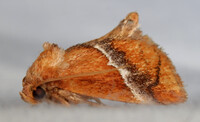
| Recorded by: David George, Dale Morgan, Patrick Coin, Julie Tuttle, Becky Watkins, et al. on 2025-07-26
Orange Co.
Comment: |

| Recorded by: B. Bockhahn on 2025-07-03
Macon Co.
Comment: | 
| Recorded by: K. Bischof on 2025-07-02
Transylvania Co.
Comment: |

| Recorded by: Mark Basinger on 2025-06-22
Buncombe Co.
Comment: | 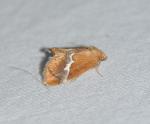
| Recorded by: K. Bischof on 2025-06-22
Transylvania Co.
Comment: |

| Recorded by: Ken Kneidel on 2025-06-03
Mecklenburg Co.
Comment: | 
| Recorded by: Ken Kneidel on 2025-06-03
Mecklenburg Co.
Comment: |

| Recorded by: Lenny Lampel on 2025-06-03
Mecklenburg Co.
Comment: | 
| Recorded by: Lenny Lampel on 2025-06-03
Mecklenburg Co.
Comment: |

| Recorded by: Mark Basinger on 2025-05-31
Brunswick Co.
Comment: | 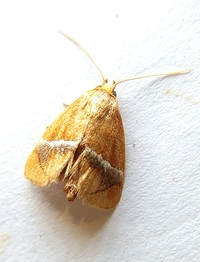
| Recorded by: Mark Basinger on 2025-05-31
Brunswick Co.
Comment: |

| Recorded by: Mark Basinger on 2025-05-21
Wilson Co.
Comment: | 
| Recorded by: Mark Basinger on 2025-05-16
Wilson Co.
Comment: |
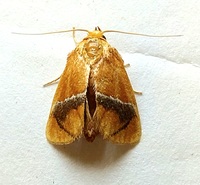
| Recorded by: Mark Basinger on 2025-05-03
Brunswick Co.
Comment: | 
| Recorded by: Mark Basinger and Miles Buddy on 2025-04-26
Brunswick Co.
Comment: |

| Recorded by: David George, Steve Hall on 2024-08-31
Chatham Co.
Comment: | 
| Recorded by: David George, Jeff Niznik, Kenneth Geisert, David Bradley, Julie Tuttle, Patrick Coin, Kaitlyn Elliott, Becky Watkins on 2024-08-17
Durham Co.
Comment: |

| Recorded by: Jim Petranka on 2024-08-17
Madison Co.
Comment: | 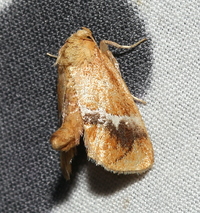
| Recorded by: David George, Jeff Niznik, Kevin Bischof on 2024-08-07
Transylvania Co.
Comment: |
|

 »
»